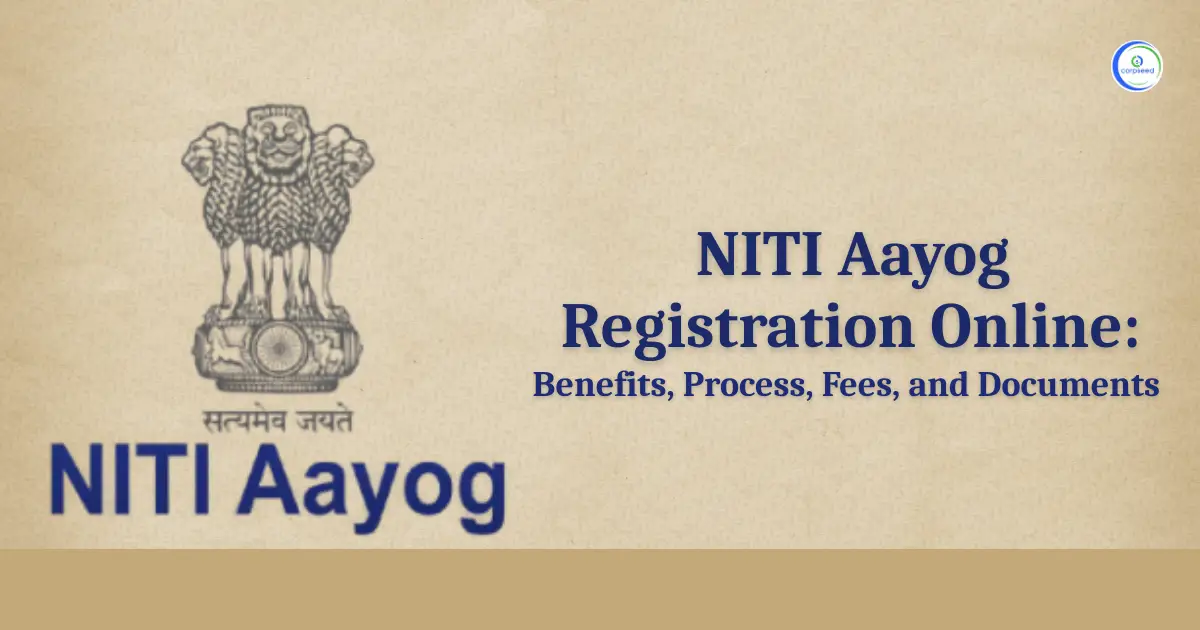Introduction
The Asia-Pacific Trade Agreement (APTA) was signed in 1975 and was formerly known as the Bangkok Agreement until being renamed on 2 November 2005. It is the Asia-Pacific region's first preferential trade pact. The APTA is made up of seven countries: Bangladesh, China, India, Lao PDR, Mongolia, Republic of Korea, and Sri Lanka. The APTA agreement encompasses a market of 2.95 billion people, with a gross domestic product of US$18.7 Trillion (GDP) in the Financial Year (2020 – 2021). The primary goal of APTA is to accelerate economic development among the seven participating states by implementing trade and investment liberalization measures that will contribute to intra-regional trade and economic strengthening through the inclusion of merchandise goods and services, a synchronized investment regime, and the free flow of technology transfer, putting all of the participating states in a win-win situation. Its goal is to use trade liberalization policies to foster economic development and collaboration. All members of the UN Economic and Social Commission for Asia and the Pacific, which functions as the APTA Secretariat, are welcome to join APTA.
Member Nations of Asia Pacific Trade Agreement
|
S.No |
Nation |
Year of Membership |
|
1 |
Bangladesh |
1975 (Original Member) |
|
2 |
China |
2001 |
|
3 |
India |
1975(Original Member) |
|
4 |
Republic of Korea |
1975(Original Member) |
|
5 |
Lao People’s Democratic Republic |
1975(Original Member) |
|
6 |
Sri Lanka |
1975(Original Member) |
|
7 |
Mongolia |
2020 |

Aim of Asia Pacific Trade Agreement:
APTA aspires to be a comprehensive pan-regional economic cooperation pact. However, until the fourth round of discussions, APTA exclusively covered goods commerce. At the 2017 Ministerial Council, the Participating States committed to continue expanding the scope of APTA's coverage beyond typical tariff concessions to include trade facilitation, trade in services, investment, and non-tariff measures (NTMs).
Expanding APTA to include provisions in additional sectors such as energy, science, technology, and innovation, information sharing, customs cooperation, greater transparency, and capacity building, among others, would allow the Agreement to be widened and deepened. APTA would get closer to its goal of being a comprehensive Economic Partnership Agreement of Asia if the Participating States deepened their trade cooperation and integration.

Features of Asia Pacific Trade Agreement:
Open to all ESCAP Developing Member States:
APTA is already a regional tracing agreement that spans East and South Asia, and it is open to develop into additional sub regions like as Central Asia and the Pacific. As a result, it offers a once-in-a-lifetime chance to encourage South-East trade and investment, especially considering the size of some of its Participating States' economies.
With Enormous Market Bases, Asia-Pacific Has The Longest Effective Implementation Duration:
The Asia-Pacific Trade Agreement (APTA) has been in effect since 1975, making it one of the longest-running trade accords in the Asia-Pacific area. It has huge potential to enhance regional commerce by connecting China and India, which have a combined population of 2.7 billion people, with other key markets such as the Republic of Korea and the People's Republic of Bangladesh.
Easy And Common Rules Of Origin And Special Treatment For LDCs:
APTA is the first preferential plurilateral agreement in Asia and the Pacific to create uniform operational processes for the certification and verification of goods' origin. The APTA provides for a ten-percentage-point reduction in the required local value addition for Least Developed Countries (or 10 percentage points for use of higher non-originating inputs).

The APTA's second amendment broadened the scope of the Rules of Origin. It might be challenging to fulfil the value-added content criterion at times. As a result of the alternative change in tariff heading (CTH) criterion, particular items (156) can now be recognized as originating products when their tariff heading changes from non-originating inputs to export products in an APTA exporting nation. If the CTH requirement is not met, the general rule of value addition criterion (rule 3 or rule 4) will be used. The enlargement of the scope is projected to lower current barriers, open up new value chains, and aid in the elimination of NTMs, resulting in more intra-regional commerce among the participating states.
Steps of Joining Asia Pacific Trade Agreement:
Step 1:- The applicant informs ESCAP's Executive Secretary (ES) of its decision to join the APTA.
Step 2:- The ES of ESCAP notifies the APTA Participating States of the applicant country's desire to join. If at least two-thirds of the Participating States endorse its admission, the applicant nation may begin the process of joining APTA.
Step 3:- Following the consent of the Participating States, the applicant nation can begin bilateral discussions with each present Participating State on its accession to the Agreement.
Step 4:- Following the successful conclusion of bilateral discussions, the APTA Standing Committee meets to finalize the outcome of bilateral negotiations between the applicant nation and the Participating States and to multilaterize the concessions reached.
Step 5:- The membership takes effect on the day on which the applicable document of accession, including with the National List of Concessions and administrative notifications, is deposited with the ES of ESCAP.

Sample Certificate of Origin:
A standard Certificate of Origin to be used by all the Participating States is annexed and approved by the Participating States.

This portion of the site is for informational purposes only. The content is not legal advice. The statements and opinions are the expression of author, not corpseed, and have not been evaluated by corpseed for accuracy, completeness, or changes in the law.
BOOK A FREE CONSULTATION
Get help from an experienced legal adviser. Schedule your consultation at a time that works for you and it's absolutely FREE.








.png)
